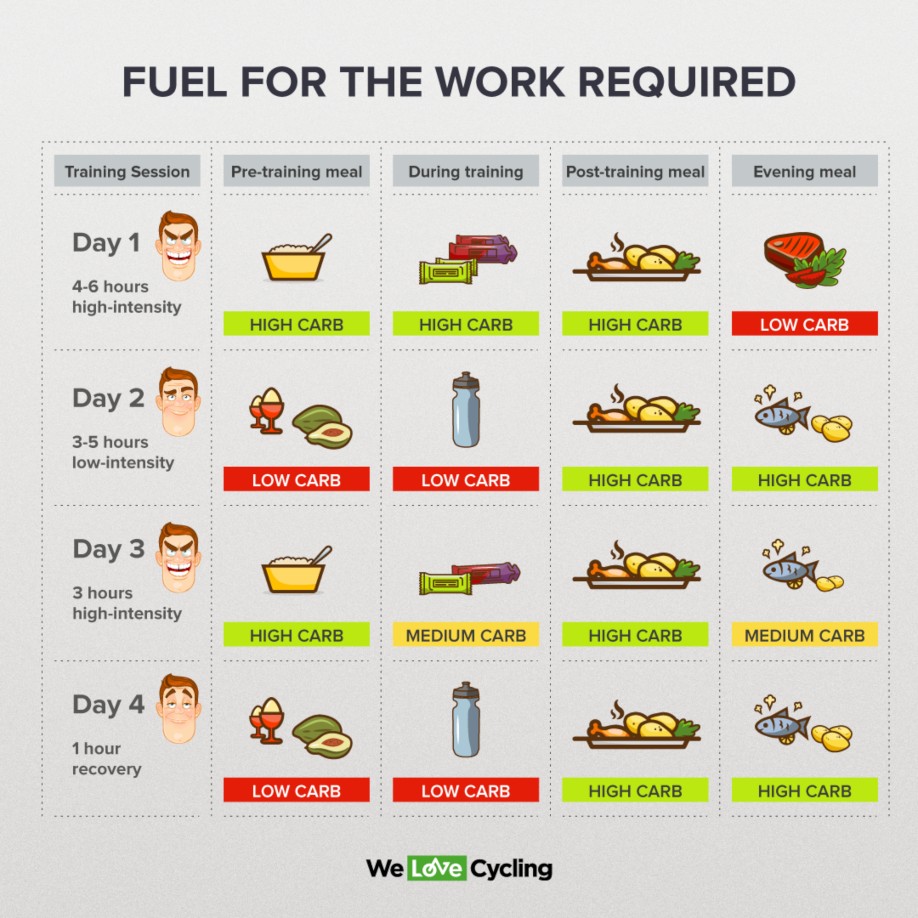Chris Froome is your role model
There’s probably no better example in cycling to highlight the importance of nutrition in achieving the best possible PWR than Chris Froome. When he turned pro in 2007, he weighed 75,7 kg but in the first Tour de France he won in 2013, he weighed only 65,8 kg. That’s 10 kg lost for a high-level athlete and that’s what gave him his famed and envied power-to-weight ratio of 6.25 w/kg.

More protein
How did he achieve such a massive weight loss at such a high level of cycling? He changed his diet dramatically. He stopped starving himself in order to reach race weight, instead, he focused on improving his diet. He started eating much more protein and cut back on carbs at certain times. Check out our previous article to learn more about his habits.
Less sugar
The one thing that will help every cycling enthusiast be healthier and shed some weight is limiting sugar intake. Are you wondering how can you do that when you need your sugary sports drinks and energy bars and gels to do those hard rides? Do what the whole team Sky (now Ineos) did a few years ago. They adopted the “fuel for the work required” strategy and started using sugar a lot more strategically, only when it was necessary for hard training sessions and races. Learn more about this approach in our past series here.

An improved diet
Boosting protein and limiting sugar are both great tools but if you want to make your diet healthy and sustainable, it needs to make sense as a whole. You need to know what to have for breakfast, lunch, and dinner. You need to know how to snack and when. Check out our series on weight loss and if you’re serious about losing some weight while maintaining power, you will find all you need there.
Lighter is not always better
So far, we have been only talking about losing weight and getting lighter as a positive thing. But even this has a limit. Pros at the Tour like Chris Froome have a whole support team to help them get to and maintain their optimal weight. We regular cyclists don’t have that luxury and that’s why we need to be careful about pushing weight loss too far. Being too light can not only cost you power but also your health. Extremely light athletes often struggle to complete consistent high-quality training and are more susceptible to illness. Giving your body enough energy and essential nutrients to recover and keep training is essential. If you get sick too often or start seeing a decline in performance despite riding a lot, consult with a sports nutritionist.








